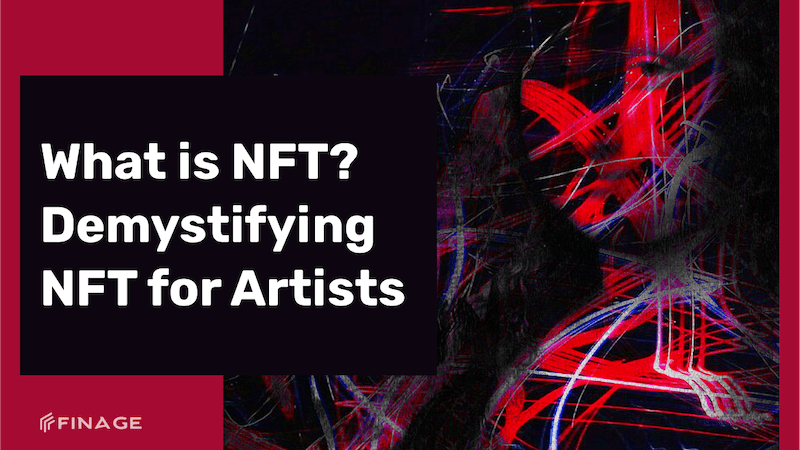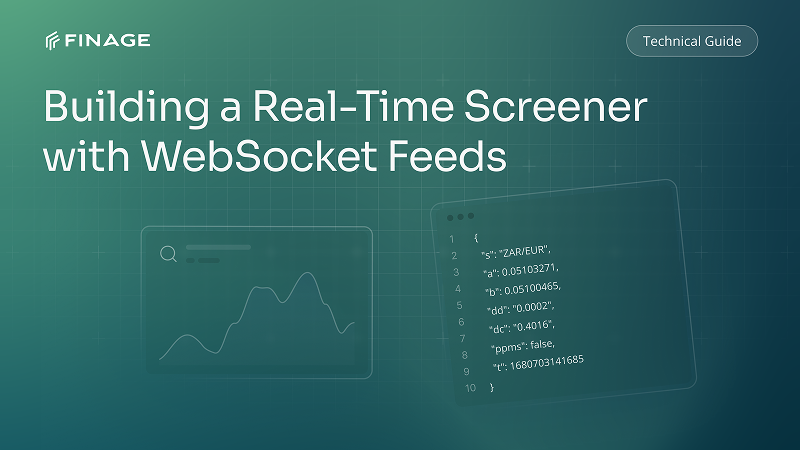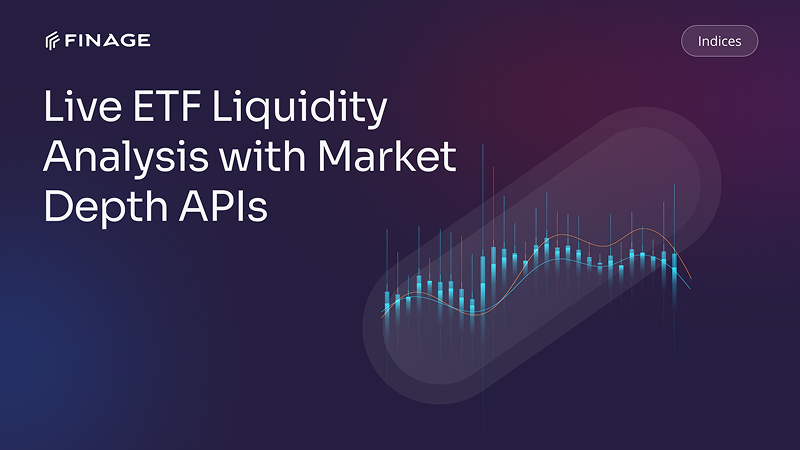What is NFT? Demystifying NFT for Artists
6 min read • March 15, 2022

Introduction
What is NFT?
What does NFT mean to you? If you are someone who follows the digital world, it means that you have heard the word NFT in many places recently. NFT, in its simplest terms, is a unique property registration tool that can prove the ownership of physical or digital products with blockchain technology.
If we give an example of NFT, which is the abbreviation of Non-Fungible Token, the title deed of our house is a document that belongs only to us and that we can transfer this belonging to someone else for a certain fee. These documents can be turned into NFTs with blockchain and smart contracts without having to rely on any intermediary persons or institutions. In this way, there will be only 1 copy of the deed and it will be with us. We can prove that the house belongs to us with this deed that has been turned into NFT, and when we want to sell it, we can transfer the ownership by transferring that NFT to someone else. All this process is recorded on blockchain technology and does not require a third intermediary.
The originality of the deed is not related to the image, but to the code written in the background. The code assigned to the original is unique, even if a visually identical replica of your ball is produced. Therefore, your NFT deed cannot be copied in any way and its originality is easily proven thanks to its code.
Although NFTs stand out with digital artworks, they are actually used to prove the uniqueness and belonging of many physical and digital assets.
When Did NFT Technology Appear?
Although the concept of NFT has become popular recently, the year of its emergence is behind the forecast. The first types of NFTs appeared in 2012. NFTs were unknown to most until they became popular and went viral in 2017 by a digital firm called CryptoKitties.
The NFT' market, where we saw the first example of use in the form of colored coins in 2012, was quite stagnant until 2017. NFTs, which have emerged as different examples in the field of art over the years, experienced a bursting point in 2017 with Cryptopunks, which were limited to 10,000 characters on the Ethereum blockchain and each character differed from each other. All these developments have grown like an avalanche with the entry of large companies like Visa into the world of NFT. As of November 2021, the total market value of NFTs is now over $7 billion.
NFTs have come to a position that appeals to more and more people around the world day by day. We can now see a large number of digital artists selling NFTs.
What are the Highlights of NFTs?
NFTs give artists ownership over digital assets. Artists have the opportunity to earn royalties in the digital environment by earning income from each sale of their artworks in the secondary market.
Because they are blockchain-based, they are immutable and unique. Thanks to the codes assigned to each NFT work, their originality can be proven much more easily and objectively than traditional art.
Due to its global nature, NFT artists can sell their artworks quickly and securely to many art lovers and investors from all over the world.
Some Important Terms You Should Know
Digital Asset: Simply put, a digital asset is anything that exists in digital form and has the right to use it. E.g; Things like documents, audio or visual content, images, and other similar digital data are all considered digital assets.
Blockchain: Unlike a regular database, a blockchain is a set of interconnected data blocks. This blockchain creates a shared digital ledger that records activity and information within the chain. Each blockchain ledger is stored on thousands of different servers globally.
Digital Wallet: A digital wallet is a software-based system that securely stores users' payment information and passwords for numerous payment methods and websites. Users can make online purchases quickly and securely using a digital wallet. The most widely used digital wallet in the NFT field is Metamask. It provides an easy use by adding it to Chrome as an add-on.
NFT Mint: Mining an NFT means making it part of the blockchain. It can also be defined as creating or printing tokens. Especially collections are offered for sale through NFT Mint.
NFT Drop: The collection that started with Cryptopunks and then grew like an avalanche is the marketing strategy of NFTs. The NFT Drop time of a collection indicates when it will be sold. Usually, each user participating in the drop pays an equal amount of fees, and after the price they pay, a random NFT is minted in their digital wallet. So NFT comes to your wallet.
How NFTs Work?
We can say that NFTs are tokens that contain different information. The different and extra information we are talking about is the important part that allows them to import art, music, video formats in the form of JPGs, MP3, videos, GIFs and more.
NFTs can be traded because they have value. Their values vary according to the market and demand. Although they are unique pieces, it does not mean that NFTs in the market are not replicas. However, while it is possible to visually copy an NFT, it is impossible to copy the technical part. Because NFTs are part of the blockchain and cannot be changed – they cannot be imitated. Although visually imitated NFTs, they do not have the same value as the original.
The majority of NFTs reside on the Ethereum cryptocurrency blockchain.
NFTs are individual tokens that contain valuable information and codes.
They can be bought and sold like other forms of physical art, primarily because they have a value determined by the market and demand.
NFTs unique data allows easy verification and confirmation of their ownership.
How to Buy NFT Tokens?
Most NFT transactions take place in a private market. Here is a step-by-step guide on how to buy these digital assets:
- Select the market where you want to buy NFT. There are multiple marketplaces for NFTs.
- Create an account at your preferred marketplace.
- Link your wallet to the marketplace.
- Examine the market and choose the NFT of your choice. You must bid to buy the NFT you want.
- After a successful bid, NFT is yours now. The required amount is withdrawn from your account and the payment process is completed.
- Apart from the above methods, NFT Mints are available for projects. In order to participate in these, you usually have to connect a digital wallet on the project's web page and purchase NFT Drop time.
We hope that this blog post will be beneficial for you. We will continue to create useful works in order to get inspired by everyone. We are sure that we will achieve splendid things altogether. Keep on following Finage for the best and more.
You can get Real-Time and Historical Cryptocurrency Data to create your own collection with Finage free Crypto Data API key.
Build with us today!
Claim Your Free API Key Today
Access stock, forex and crypto market data with a free API key—no credit card required.

Stay Informed, Stay Ahead
Finage Blog: Data-Driven Insights & Ideas
Discover company news, announcements, updates, guides and more


